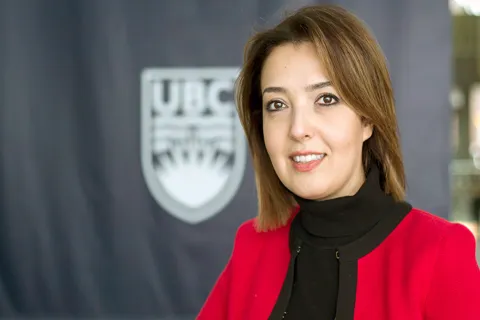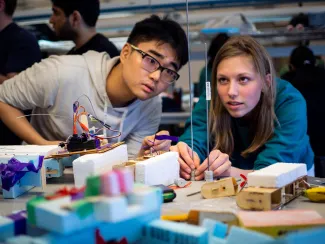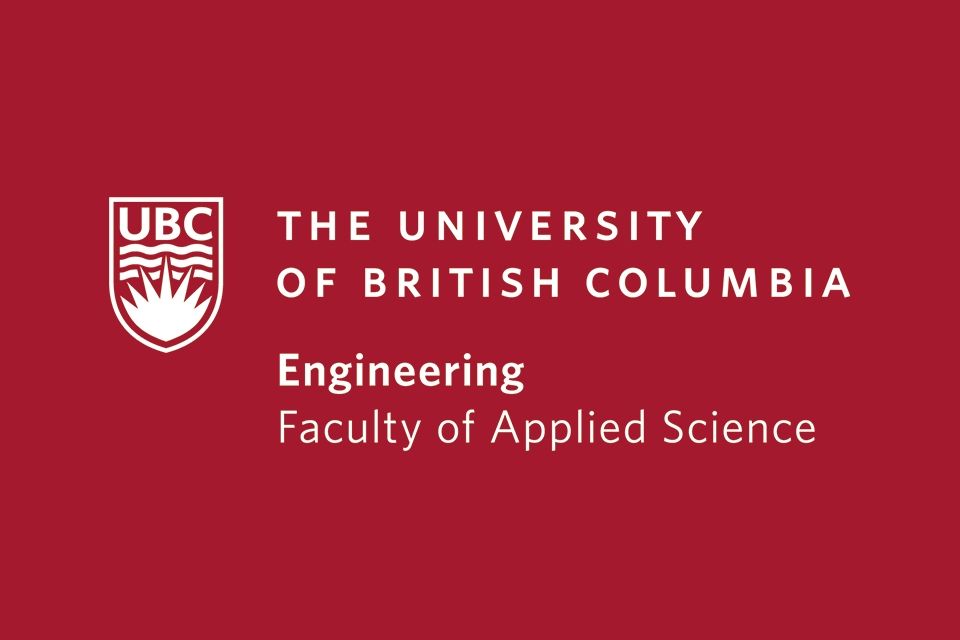“I see myself as someone who has transitioned from pure science to applied science"
Says Dr. Sepideh Pakpour, a molecular biologist who works at the intersection of biotechnology and microbiome engineering, seeking ways to create healthier environments in our buildings and bodies.

- Program:
- Campus: Okanagan
Education: PhD in Biology (UBC); MSc in Food Science & Agriculture Chemistry (McGill); Bachelor of Food science (Shahid Beheshti University)
What kind of research do you do?
Most of my work is on micro-organisms – on how environmental factors affect microbes and how they in turn affect human health.
My transition to engineering came out of an interest in how we might alter the micro-organisms in our body to treat disease and sickness.
One strand of my current research is on indoor air quality and ensuring buildings are as healthy as possible. We’ve seen in the past few years that there could be real value in a simple air quality test for viruses like SARS-CoV-2 and influenza. My lab is developing technology that can sample air quality and detect viruses. People could then use this data to make informed decisions about how to manage a space where an airborne virus is prevalent to reduce the risk of infection. We are currently testing a prototype of this technology and hope to pursue commercialization opportunities.
My second area of research is on using similar technology to detect viruses in our body.
There are millions of viruses in our body at any given time, but our understanding of them is limited.
The tools we are developing should allow us to deepen our knowledge of how they contribute to specific functions in the body and to eventually link them to a disease or treatment protocol.
Does your research influence your teaching?
I always bring my research into the classroom. I teach first-year chemistry for engineers, and for every concept I try to bring in an example from practice.
A Guide to First Year Chemistry
Anything else you’d like to add?
I joke that if you ask a scientist a question they’ll answer it with another question and make it more complicated. Engineers come up with a plan to answer the question!
Engineering students learn how to solve problems. They also learn how to talk to people from different disciplines to understand their needs so they can come up with a design or technology that solves an issue in that field. I see this open-minded and problem-solving mindset in my students.








